Klaviyo: Here's Everything You Need to Know
When it comes to email marketing, online store owners can benefit from using a platform that is dedicated to their eCommerce marketing success, which...
I know what I am looking for, and would like to chat.
A team of data-driven marketers obsessed with generating revenue for our clients.
Because the proof is in the pudding.
At Campaign Creators we live by three principles: Autonomy, Mastery, Purpose.
5 min read
 Campaign Creators
:
04/28/20
Campaign Creators
:
04/28/20

As consumers continue to adjust to the Coronavirus pandemic, economic climates are also bringing in a new wave of consumer trends. New shelter-at-home policies have pushed businesses to cross new boundaries. Along with that, consumer behavior trends have shifted as well. While these statistics are helpful in understanding buying patterns in today’s economical climate, it's critical to use this information to help you pivot accordingly. Staying up to date with consumer trends will help you make creative decisions in how to serve your customers during this time.
To better understand how to best adjust your marketing, we’ve complied a list of statistics on consumer behavior trends that have changed due to the Coronavirus pandemic. Learn about changes in consumer behavior, consumer expectations of brand communication, content/media consumption trends, and why it is important to use marketing technology during this time.
The shelter-at-home policy has created new challenges for retail stores that rely heavily on their brick-and-mortar sales. In response, online orders have skyrocketed but are also experiencing friction with their processes to deliver on time. Learn how consumer behavior has changed with the new challenges this pandemic has brought across retail.
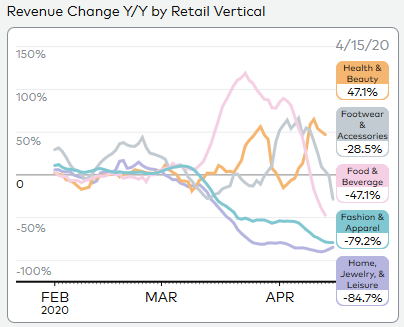 Source: Amperity
Source: Amperity
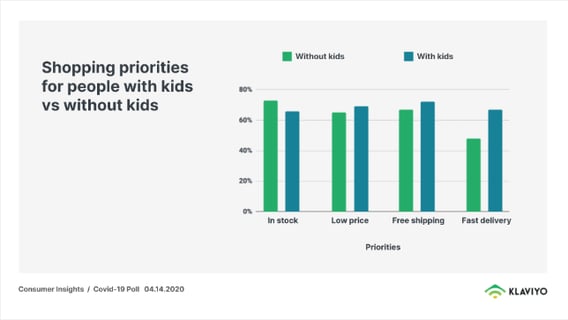
Source: Klaviyo
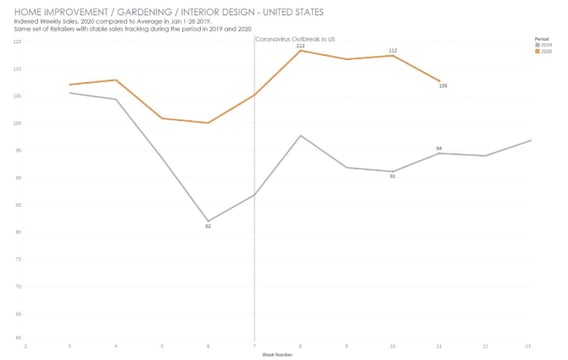
Source: Criteo
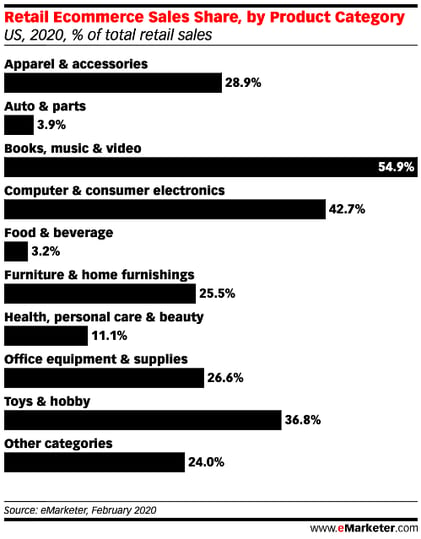 Source: eMarketer
Source: eMarketer
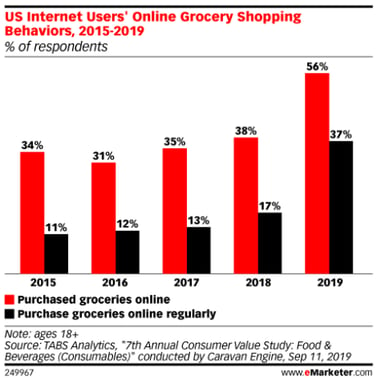 Source: eMarketer
Source: eMarketer
Many brands have taken the initiative to communicate to their customers how they are responding to the pandemic. Research shows that consumers find it reassuring to hear from brands they know and trust during this time. However, it is essential to keep in mind your customer's change in priorities and the heightened sensitivity during this pandemic.
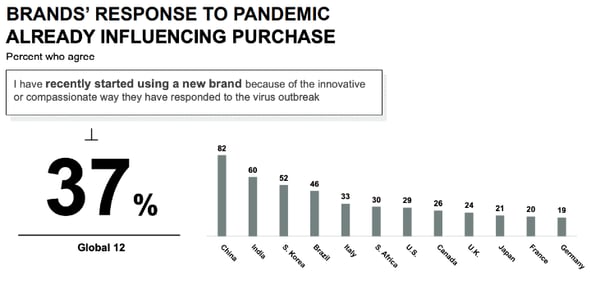 Source: CampaignLive
Source: CampaignLive
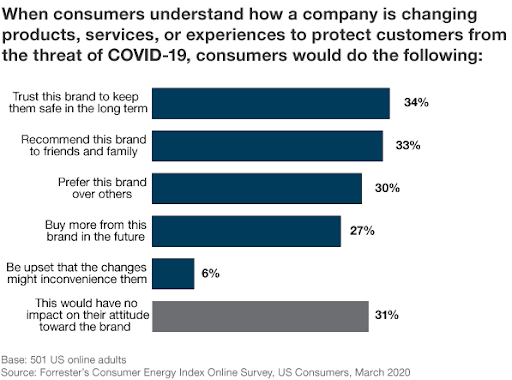 Source: Forrester
Source: Forrester
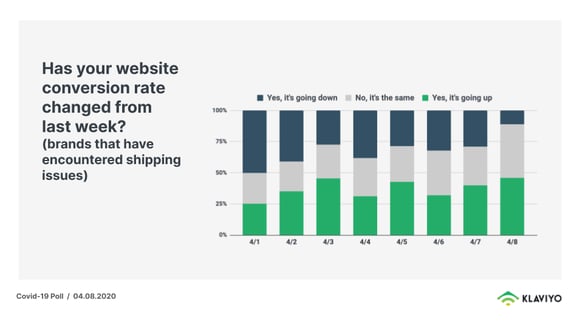 Source: Klaviyo
Source: Klaviyo
Given the self-quarantine practices in place, it makes sense that internet usage has increased by 70%. Streaming services, such as Netflix and Disney+, are expected to see a 12% growth. Other than shifts in purchasing behaviors, people are also consuming content and media differently than before the pandemic.
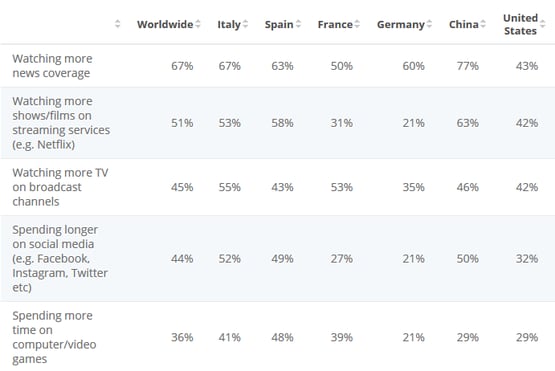 Source: Statista
Source: Statista
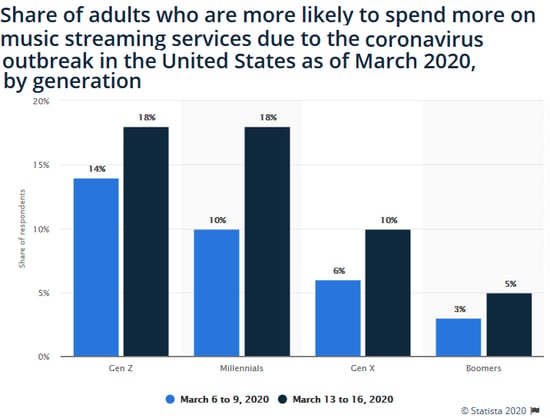 Source: Statista
Source: Statista
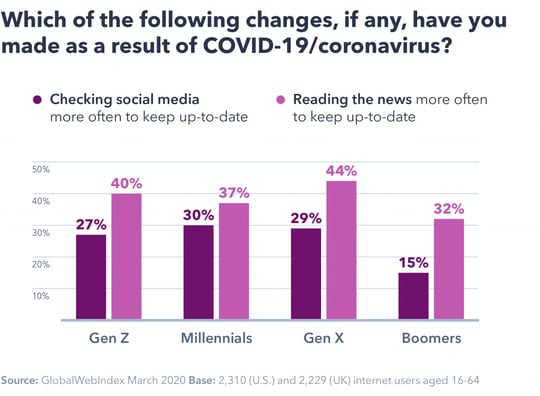 Source: GlobalWebIndex
Source: GlobalWebIndex
Consumer behavior trends continue to indicate the necessity of marketing technology tools. This is because tools such as automation and customer relationship management platforms optimize conversions and increase return on investments (ROI). Here are some of those statistics:
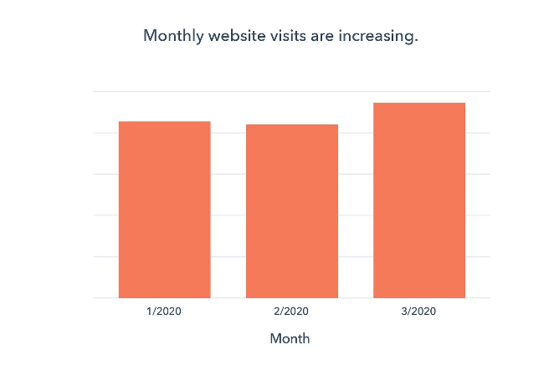
Source: HubSpot
While it’s important to do your research about today’s changing consumer behavior trends, it doesn’t stop there. In order to adjust and thrive during this economic environment, companies will need to revisit their buyer personas to better understand their customers’ new challenges, expectations, and priorities. This will serve as a foundation in building a message strategy that will truly resonate with your audience.
By understanding how to provide consumers valuable content through their preferred communication channels, you’ll stay relevant and top of mind for your customers. Now more than ever, companies need to realize that the impression their brands leave now will be one that is long-lasting.
Interested in adapting and automating your marketing? Let our marketing technologists help you with quick-win, high-impact templates and workflows from Express by Campaign Creators.
We have dedicated ourselves to fighting through this, and we are here to help and join your fight as well. Stay healthy, stay positive, and know that this all will pass.

When it comes to email marketing, online store owners can benefit from using a platform that is dedicated to their eCommerce marketing success, which...
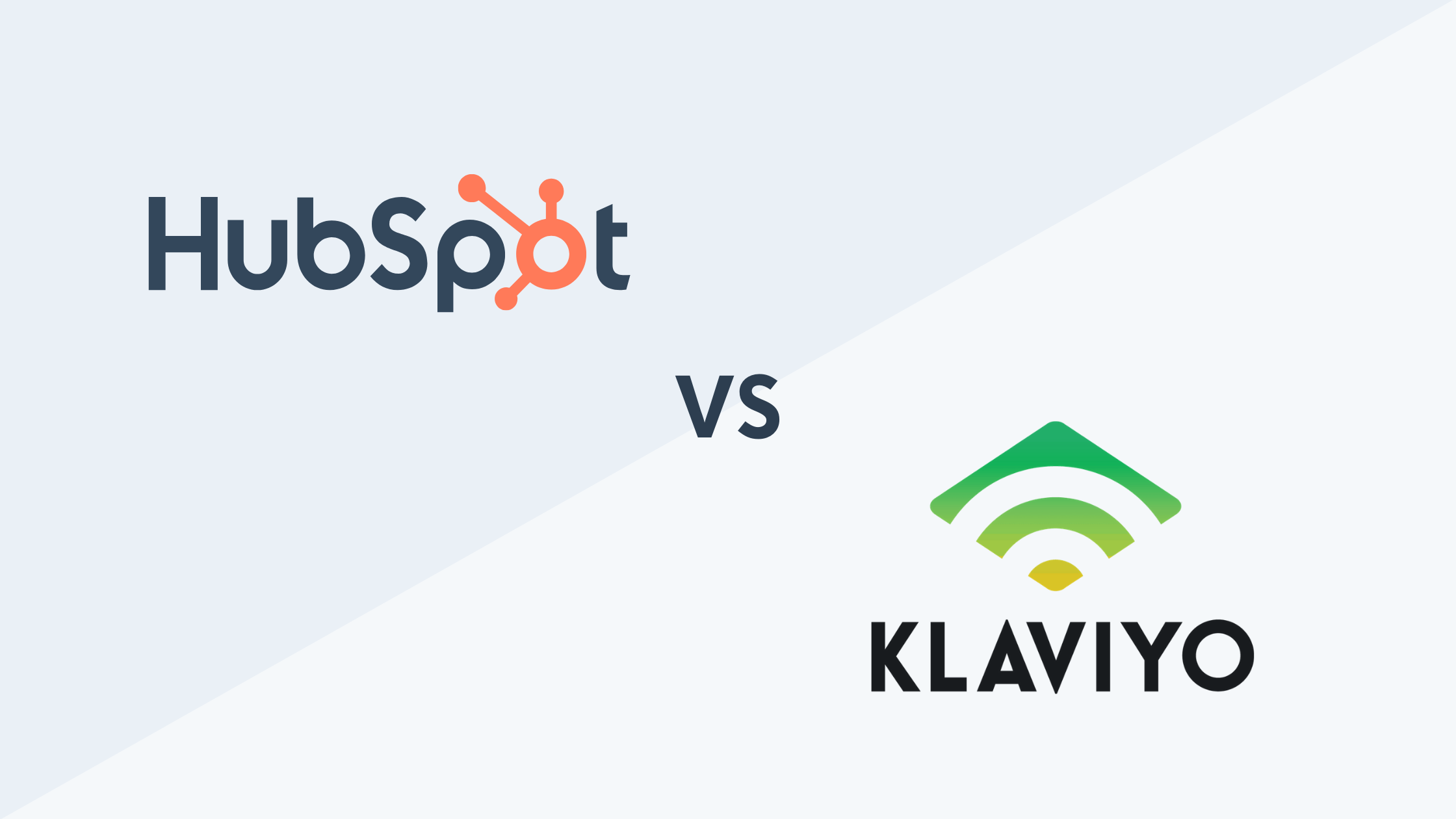
The competition is high for email marketing software due to countless companies entering the playing field each year. As HubSpot continues to...

Successful eCommerce marketing involves understanding where your target market is located and using insights about them to your advantage. It is...